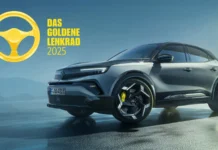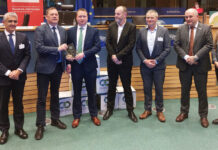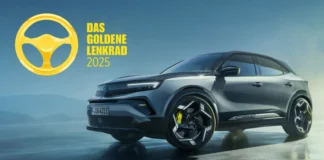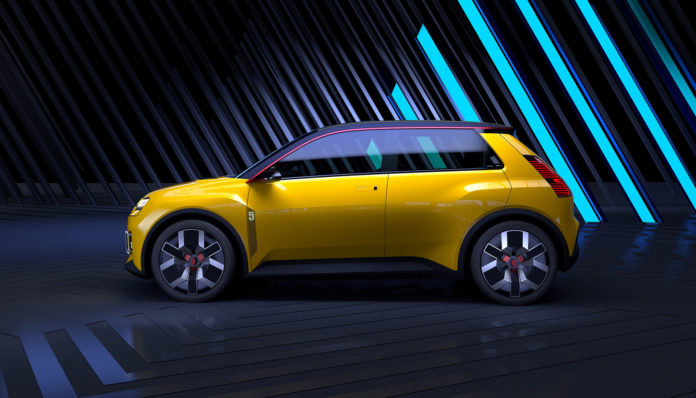
‘Inspired by the past, but ready for the future.’ That’s the new buzz phrase from French company Renault. Renault is moving into a new era bringing modernity to the European automotive industry by evolving into a tech, service and clean energy brand.
By 2025 Renault will launch 14 core vehicles, seven full-electric, seven in the C and D segment. All new models will be available with an electric or hybrid version.
Innovation has been at the heart of the Renault brand for 120 years and the brand has the assets to support its ambition to be the ‘Nouvelle Vague.’ It is the leader in the European EV market with more than ten years of in-depth experience in electric mobility, services and more than 300,000 vehicles sold.
Now the company has revealed its strategy for the next five years and beyond, as part of Groupe Renault’s ‘Renaulution’ programme. The plan will see Renault evolving and embracing modernity in the automotive industry to become a tech, service and clean energy brand.
The soul of the Renault brand is firmly in its roots and Gilles Vidal’s design team were inspired by the iconic cult model from Renault’s past, the R5. The Renault 5 prototype looks to reconnect with this past and draw inspiration to find the spirit of those glorious times without merely replicating it.
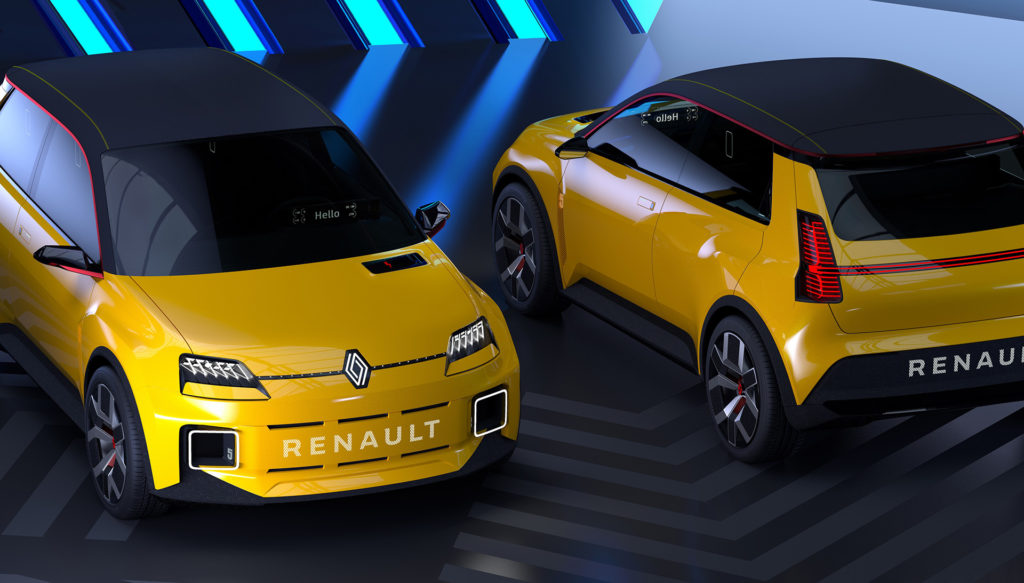
The Renault 5 Prototype is a charming, compact, city car which takes one of Renault’s timeless successes and develops it to be fit for the future with a modern, 100 per cent electric twist.
The car has retained the fun and mischievous character, with the pop of yellow highlights. The Renault 5 prototype takes strong features from the original design. The modern approach is evident in the chosen finishes and materials, which are inspired by various electronics, furniture and sports.
The R5 is immediately recognisable, but thanks to a modern treatment of lines and flush surfaces with futuristic detailing, the result is in keeping with current times.
The styling elements taken from the original design hide some of the more modern features, for example the bonnet air intake hides the charging hatch, the rear lights include aero flaps and the fog lamps in the bumper are daytime running lights. There is even a nod to the original ‘5’ on the side vent, the wheels and rear logo.
The front end and the textile roof are influenced by the world of furniture and are full of ‘French charm,’ with a hint of mischief and character that pulls on the heartstrings. The front and rear logos light up, bringing the car ‘to life.’
The French flag situated in the rear-view mirrors underline the “invented in France” ethos of the vehicle, and the name displayed on the small transparent screen on the dashboard provides that final flourish.
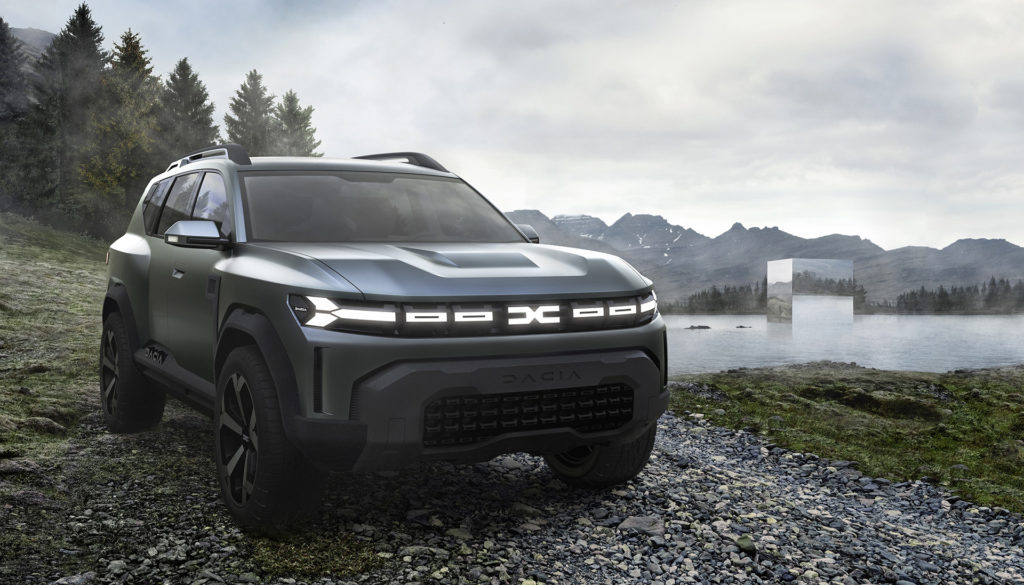
The Dacia brand which started in Romania in 1968, is now part of the Renault Group and their value for money cars are sold in 44 countries. Dacia, with their ‘shockingly affordable’ advertising slogan, have done very well with the Sandero and Duster and now comes the Bisgster concept.
In true Dacia style, the Bigster Concept is roomy, robust, and meant for open air and dusty roads while exploring new horizons. A 4.6-metre-long SUV with no more or no less than the essentials, the Bigster is the Dacia way of making the C-segment accessible, delivering a larger, more capable vehicle at the cost buyers would expect from the segment.

